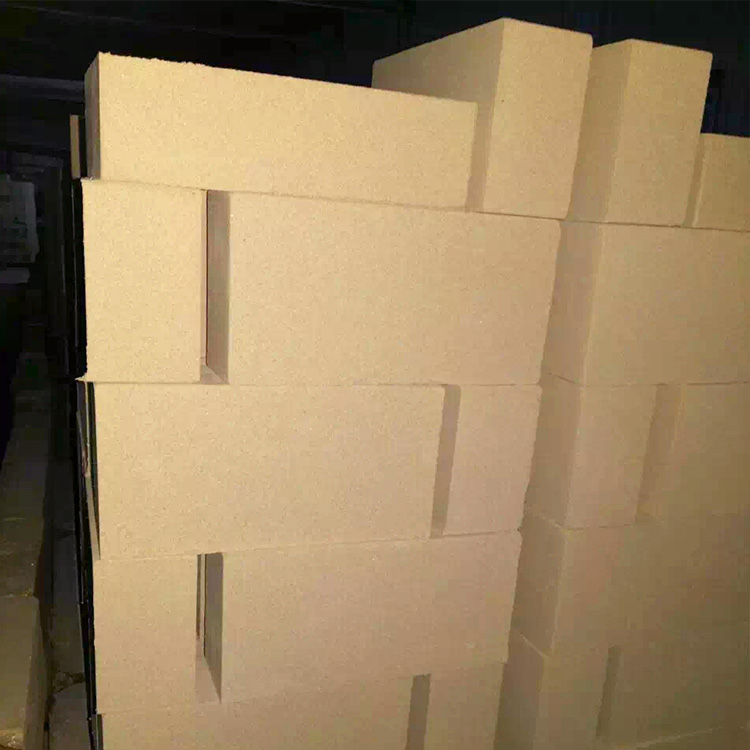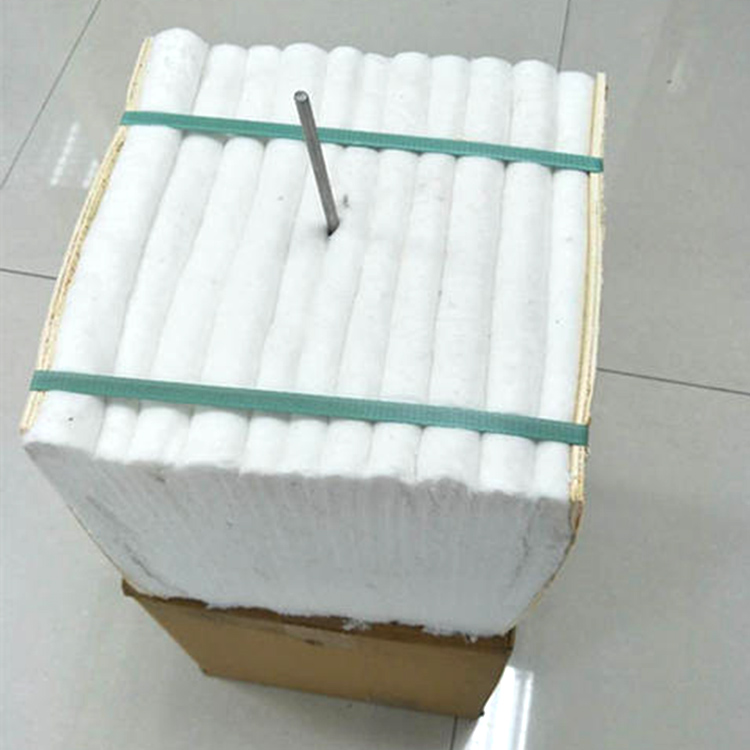High-temperature industrial furnaces remain a significant energy consumer across metallurgy, ceramics, chemical processing, and mechanical manufacturing sectors. Average heat losses in conventional kiln linings often exceed 30%, driving up operational costs and increasing carbon footprints. Efficient thermal insulation is paramount to optimize energy usage, extend furnace life, and comply with evolving green manufacturing standards.
Fire clay insulating bricks offer a scientifically validated approach to minimize conductive heat transfer within furnace linings. Their significantly low thermal conductivity values, typically <0.15 W/m·K at 1000°C, drastically curb heat dissipation compared to conventional dense refractories. Moreover, their robust thermal shock resistance—withstanding rapid temperature fluctuations up to 150 cycles without cracking—ensures structural integrity under rigorous operational stresses.
| Property | Typical Value | Industry Benchmark |
|---|---|---|
| Thermal Conductivity at 1000°C | 0.12 - 0.15 W/m·K | ≤0.2 W/m·K (Recommended for energy-efficient furnaces) |
| Thermal Shock Resistance | ≥150 rapid cycles | ≥100 cycles (Minimum desirable) |
| Compressive Strength at 20°C | >25 MPa | >20 MPa for structural reliability |
The low thermal conductivity directly translates into minimized heat losses through furnace walls, optimizing fuel consumption by upwards of 12% in typical applications, as demonstrated in industrial case studies.
Engineering an effective insulating layer extends beyond selecting superior materials; installation quality profoundly impacts performance. Controlling mortar joint widths within 2-3 mm is critical to reduce thermal bridging. Equally important is the strategic placement of expansion (dilation) joints to accommodate thermal expansion without compromising the integrity of the lining. Our recommended practice involves expansion joints spaced every 3-5 meters, equipped with compressible filler and sealed edges to prevent gas infiltration.
Layer-to-layer sealing demands meticulous application of refractory mortar with optimized viscosity to ensure airtightness without excessive seepage. Such sealing prevents hot gases from bypassing the insulating brick mass, thereby maintaining consistent thermal resistance.
These installation parameters align with industry standards such as ASTM C199 and ISO 18754, ensuring both durability and energy efficiency.
A leading metallurgical plant retrofitted its reheating furnace with high-strength fire clay insulating bricks, achieving a 14% reduction in fuel consumption annually. Measured heat loss through the furnace shell dropped from 320 kW to under 270 kW, contributing to savings exceeding $100,000 per year on natural gas. Additionally, the lining lifespan extended by 30%, reducing unscheduled maintenance downtime and replacement costs.
Similar improvements were reported in ceramic manufacturing furnaces, where surface temperatures of external shells decreased by 20-25%, enhancing operator safety and reducing HVAC load. Such quantifiable benefits underscore the viability of advanced insulating bricks as critical enablers of sustainable industrial heating.

Global policies increasingly mandate carbon emissions curtailment, pressuring industries reliant on high-temperature processes to accelerate energy efficiency gains. Optimized furnace insulation—with materials like our fire clay insulating bricks—offers a dual benefit of immediate operational cost reduction and long-term sustainability compliance.
Forward-thinking enterprises integrating precise design and construction methodologies position themselves competitively for the future marketplace, where eco-conscious production is non-negotiable.

Unlock Your Furnace’s Full Energy Potential — Discover Our Fire Clay Insulating Brick Solutions Today


